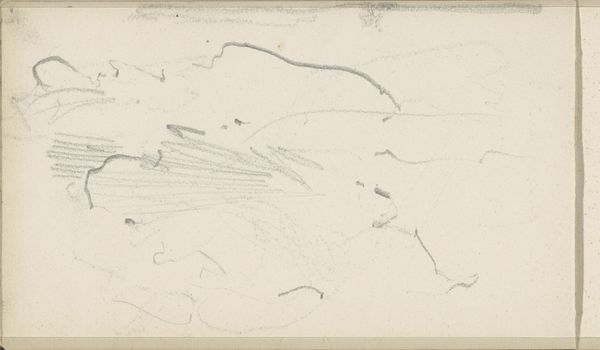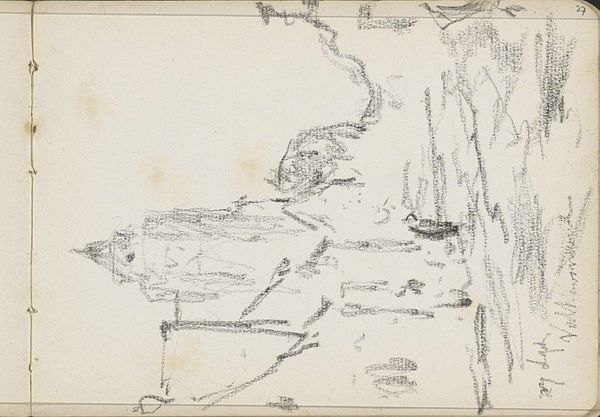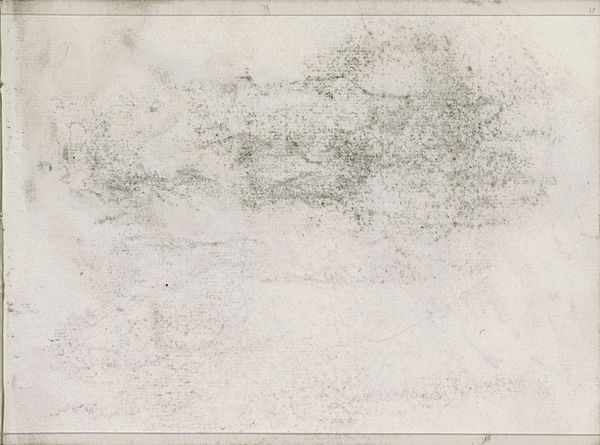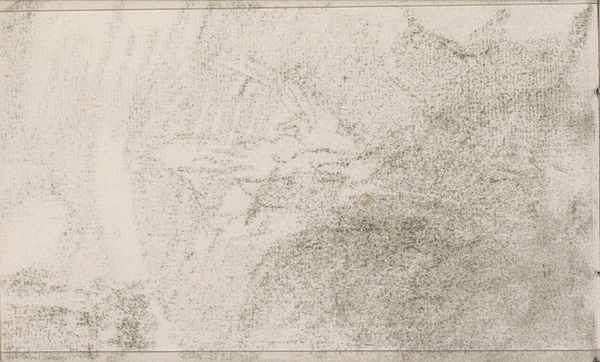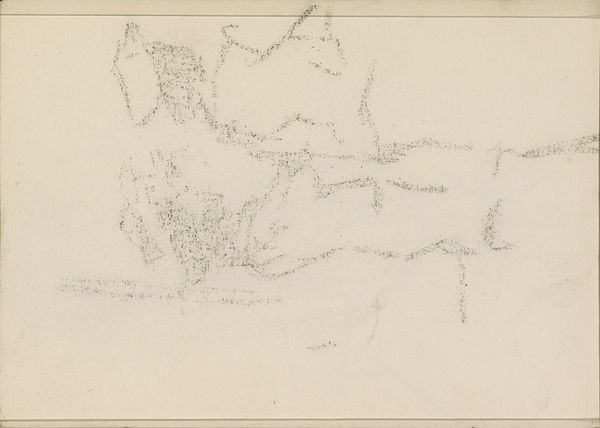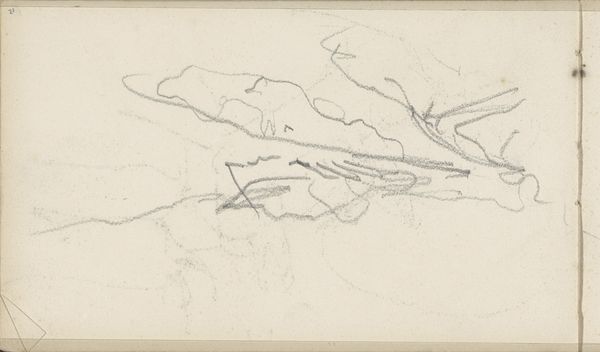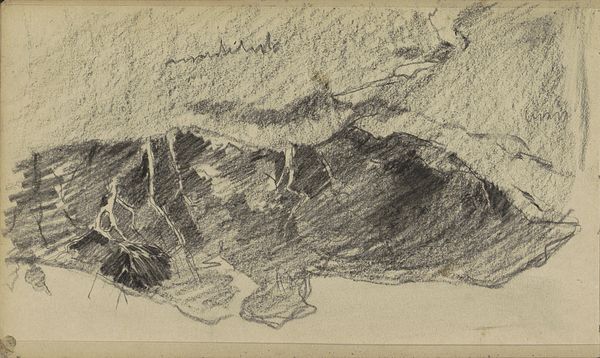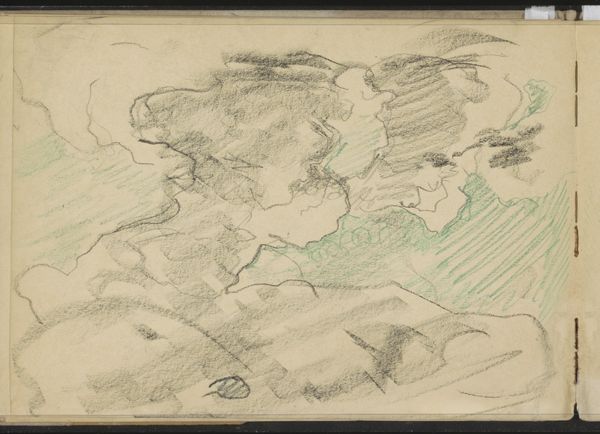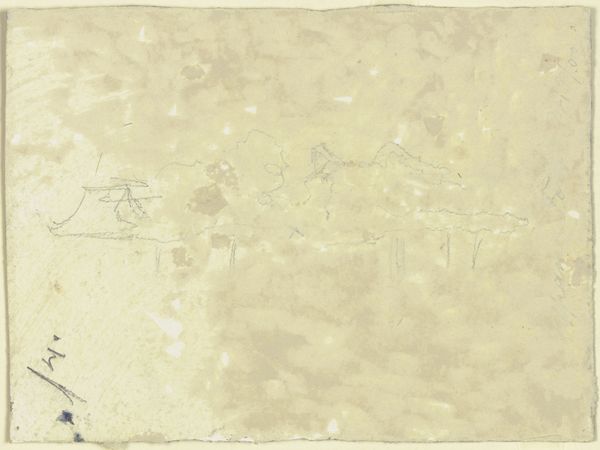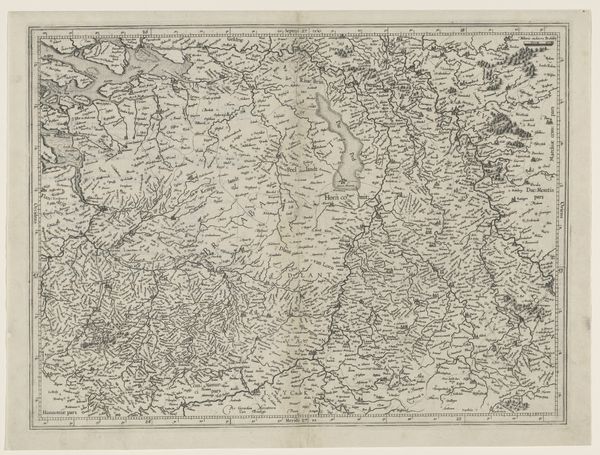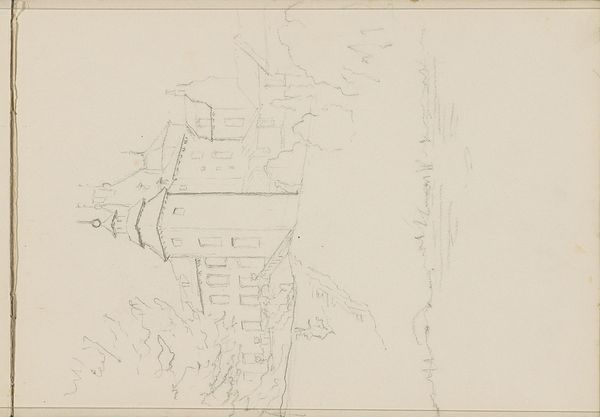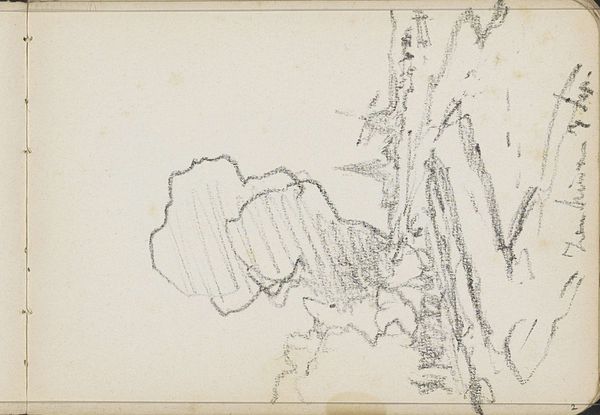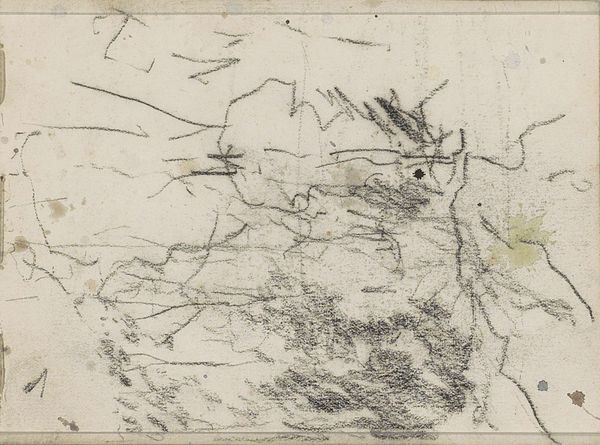
drawing, paper, pencil
#
drawing
#
impressionism
#
landscape
#
paper
#
pencil
Copyright: Rijks Museum: Open Domain
Curator: Immediately, I am struck by its ethereal quality. It is a quick, unassuming pencil drawing. Barely there, a sketch in the faintest grays. Editor: Indeed, that captures my initial impression as well. This drawing, “Molen in een landschap met wolkenlucht”—Mill in a Landscape with Cloudy Sky—was created between 1881 and 1883 by George Hendrik Breitner. The artwork is on paper using a pencil. The faintness actually gives the work a contemplative feeling. Curator: For me, it feels deeply personal. I imagine Breitner out in the landscape, quickly trying to capture the essence of the Dutch sky, its impermanence, before it all vanishes. Editor: Cloud symbolism throughout art history—the shifting shapes as signs of mutability and the sublime, with the heaviness of their forms representing a symbolic burden… do any of those interpretations apply to Breitner’s composition? Curator: Potentially. But to me, he seems less concerned with grand symbolism and more invested in a fleeting moment, which does not negate your comments about the symbol, but does question the intention. Think of how the impressionists looked at art; the interest wasn't as much about icons, symbols, and the visual unconscious, and more about impressions and subjectivity. Editor: True enough. It feels like an act of pure observation, stripped down to its barest essentials. There's something deeply honest in that immediacy, no theatrical flourishes. That single windmill is a lonely symbol against a seemingly boundless horizon. Curator: Almost meditative. We see the raw essence of a landscape distilled into its most fundamental forms, which feels utterly authentic. This wasn't intended to be polished; it reflects pure artistic sensibility. Editor: In some ways, it echoes the haiku aesthetic, using minimalist strokes to conjure expansive emotional landscapes. There is something melancholic and restorative at once in witnessing such raw transparency from Breitner. Curator: Perhaps such artworks are most profound not through didactic storytelling or traditional representation, but through their vulnerability and brevity. Breitner encourages us to look at the overlooked, the sketches, where real creation begins. Editor: In his haste, in this quiet composition, Breitner is not showing us the thing, but our potential for experiencing the thingness of the thing, if you follow my rather whimsical, meandering thoughts.
Comments
No comments
Be the first to comment and join the conversation on the ultimate creative platform.
